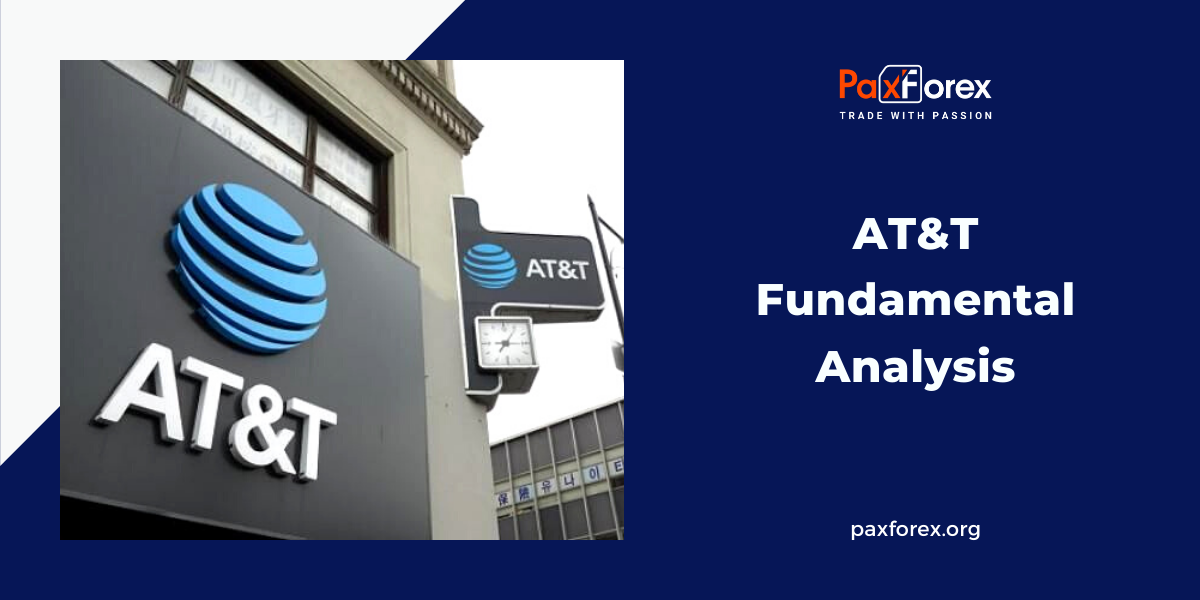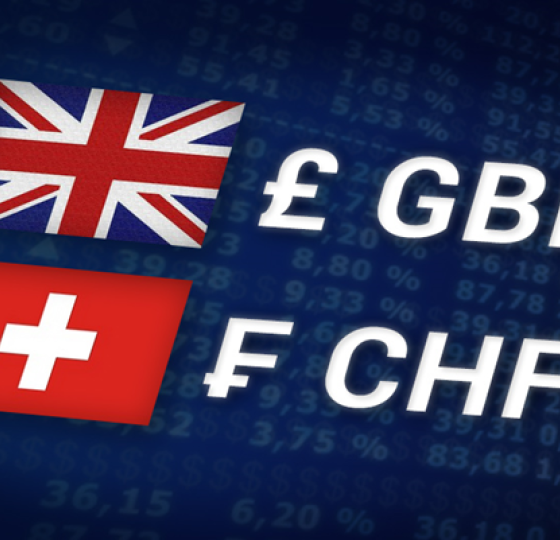
Source: PaxForex Premium Analytics Portal, Fundamental Insight
High-yield dividend stocks tend to perform well when interest rates are cut, as investors look for better returns while yields on fixed-income investments decrease.
With the Federal Reserve likely to begin an extended rate-cutting cycle, dividend stocks offering yields above 3% are gaining attention. Take AT&T, for example - this long-standing favorite among income-focused investors has seen its stock climb nearly 30% so far this year, surpassing the S&P 500 benchmark.
This notable price rise has shifted AT&T’s investment appeal in 2024. Although the stock's yield has dipped slightly, its valuation has increased significantly. But is AT&T still a strong high-yield choice after its substantial surge this year?
AT&T’s current dividend yield of 5.1% stands well above its industry peers, which average 3.92%. Competitors in the telecom sector include Verizon Communications, T-Mobile, and Comcast.
However, AT&T's payout ratio is 63.7%, notably higher than the peer average of 55.1%. This higher ratio indicates that AT&T is allocating a larger portion of its earnings toward dividend payments.
It's worth noting that AT&T's payout ratio remains well below the 75% threshold, which is typically considered a warning sign for dividend sustainability. Companies that exceed this threshold often face difficulties maintaining or growing their dividends. In AT&T's case, its large yield appears sustainable, even with a slowing economy.
The company’s debt-to-equity ratio of 1.24 signals a leveraged balance sheet, meaning AT&T relies more on debt than equity to finance its operations. While necessary for maintaining a competitive edge through investments in spectrum and network infrastructure, this high debt load reduces financial flexibility and increases interest expenses, which could affect future dividend growth.
Although these investments are critical for staying ahead in the fast-evolving telecom industry, they present significant financial challenges. AT&T must carefully manage its attractive dividend payments while balancing reinvestment in the business and paying down debt.
Thanks to strong free cash flow and a solid market position, AT&T appears capable of walking this fine line. However, investors should keep a close watch on the company's debt management, as it plays a key role in sustaining dividends and securing long-term competitiveness.
Currently, AT&T trades at 8.62 times its projected 2026 earnings, which is notably lower than the S&P 500's valuation at approximately 17 times projected earnings for the same period. This suggests that AT&T could be undervalued relative to the broader market, a feature that may appeal to value investors, particularly when paired with its high dividend yield.
However, AT&T’s low valuation isn’t without reason. Wall Street forecasts a modest 1.6% revenue growth in 2025, with expectations for low single-digit growth persisting in the years ahead. Two major factors contribute to this outlook: stiff competition among top telecom players like AT&T, Verizon, and T-Mobile, and the rise of new technologies that allow low-cost competitors to enter the market.
Simply put, AT&T’s stock might not be as much of a bargain as its low price-to-earnings (P/E) ratio suggests.
Despite its significant debt and sluggish growth outlook, AT&T remains an attractive option for income-focused investors. Its dividend yield is substantially higher than both its industry peers and the average S&P 500 stock.
Moreover, while AT&T’s payout ratio is elevated, it still sits comfortably below the 75% mark that often precedes dividend cuts. With interest rates likely to decline, AT&T’s high yield is expected to continue attracting investors, which could further boost its stock price.
As long as the price is above 20.00, follow the recommendations below:
- Time frame: D1
- Recommendation: long position
- Entry point: 21.29
- Take Profit 1: 22.00
- Take Profit 2: 23.00
Alternative scenario:
If the level of 20.00 is broken-down, follow the recommendations below:
- Time frame: D1
- Recommendation: short position
- Entry point: 20.00
- Take Profit 1: 19.00
- Take Profit 2: 18.00













